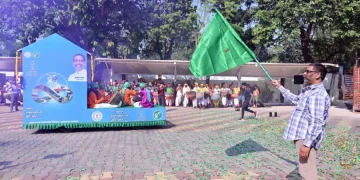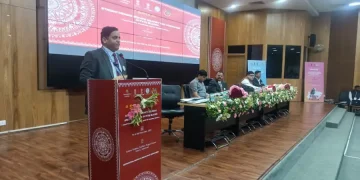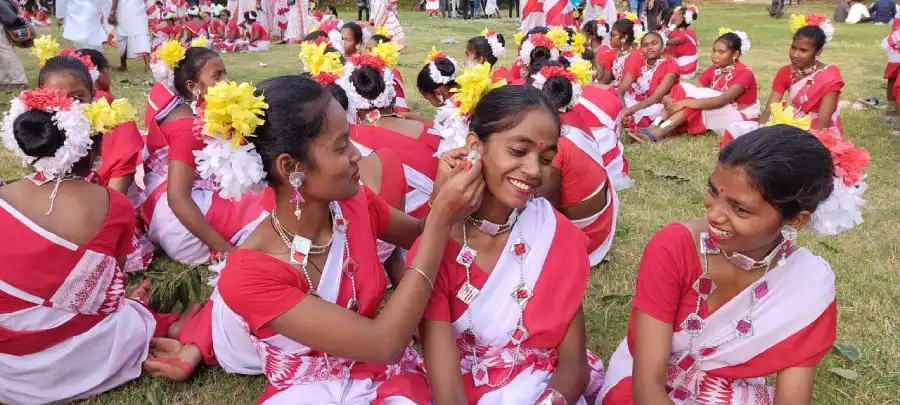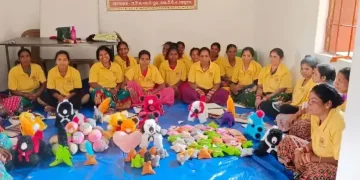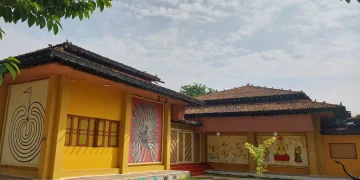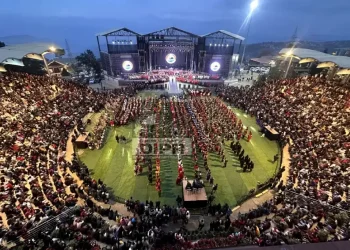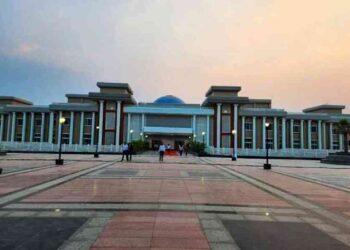Ranchi
Karma Puja is celebrated on the 11th day of Bhadrapad or Bhado, which generally falls in September—October. This year, it falls on September 14 (Saturday).
What Is Karma Puja?
- Revolving around the Karma or Karam tree, this festival is celebrated for varied reasons. On this day, Karam Devta, considered the God of youth and power, is worshipped. And since Karma tree is the symbol of Karam Devta, prayers are also offered to the tree.
- The festival of agriculture and Mother Nature also symbolises honest labour, with prayers for bountiful harvests and other natural resources to bring prosperity. Sowing is almost complete by this time and people pray for the mercy of nature on the crops.
- Tribals also worship Karam Rani, the Goddess of wealth.
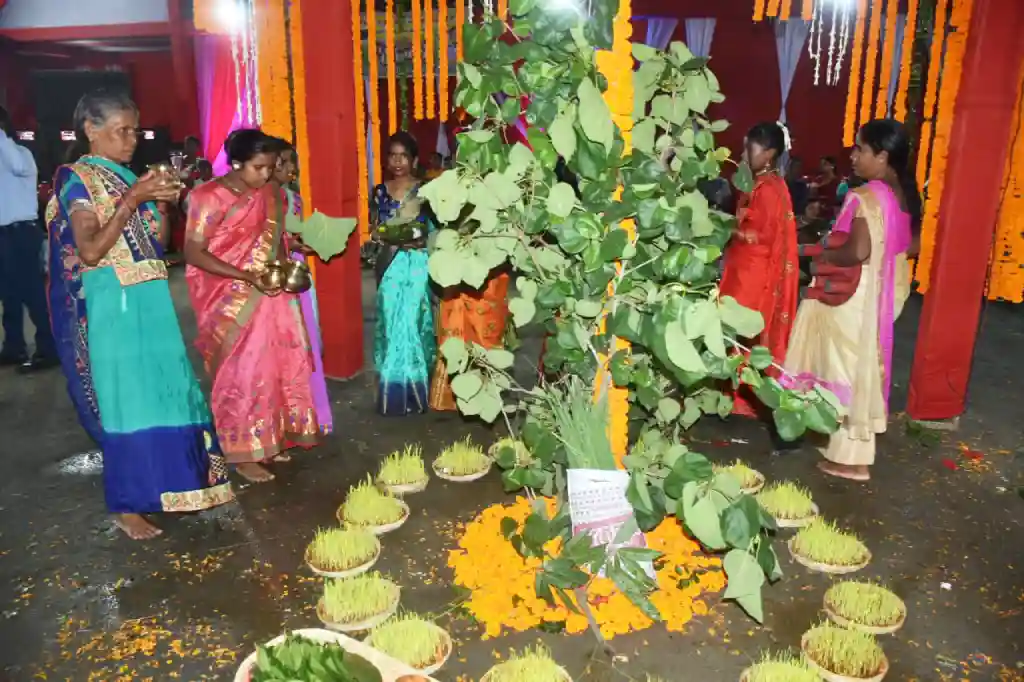
Who Celebrate Karma Festival?
- It is one of the most important festivals of adivasis and celebrated in Assam, Jharkhand, Chhattisgarh, Madhya Pradesh, Odisha, and West Bengal. Baiga, Oraon, Binjhwari, Munda, Majhwar, Ho, Khortha, and Korba tribals among others celebrate the festival.
- While tribals in Jharkhand worship Mother Nature on this day, those in States like Assam offer prayers to Karam for prosperity and a better conjugal life. This apart, the festival celebrates friendship, sisterhood and brotherhood, cultural unity and welfare.
What Are The Rituals?
- The festival’s rituals are many, Preparations for Karma Puja take a week. Fresh sand is brought from the riverbed to the village and individual houses, and sown with seven seeds — rice, barley, maize, wheat, gram, horse gram and lentil.
- Three branches of the Karma tree are planted in the soil of courtyards or in the village akhra, the community centre.
- They symbolise the Trinity — Brahma, Vishnu and Mahesh; akash, prithvi and patal (the sky, earth and the world underneath); bhut, vartaman and bhavishya (the past, present and future).
- On this day, sisters seek long life and prosperity for their brothers, and worship the branches. The sisters worship Karma Gosai (deity).
- Bhelwa (Semecarpus anacardium or marking nut tree) branches are inserted in paddy fields to protect crops from insects and other harmful elements.
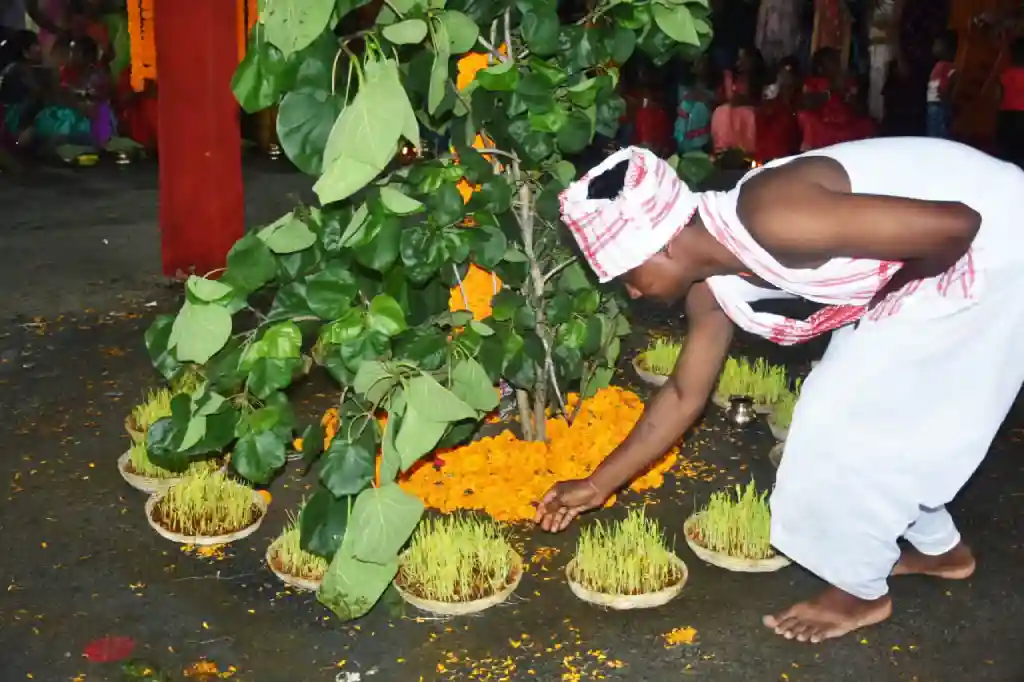
Importance Of Karma Puja
- Auspicious time begins after Karma Puja and marriages of girls are fixed during this time.
- It strengthens friendship. A tradition called Sahiya, which means friendship and strengthening mutual bonds within the community, exists. Friendship is maintained across generations through this Sahiya system.
- Karma Puja is also a celebration of victory. The view stems from tales of yore when tribal groups would hide from their enemies during battles amid the thick foliage of the Karma tree.
Associated Beliefs
Legend has it that the wrath of Karam Devta befell on seven brothers who uprooted the Karma tree in a fit of anger as their wives being busy with Karma Puja did not bring them their lunch to the fields as they did on a daily basis. They soon lost everything and starved. They got it back only after worshipping Karam tree. A similar tale is associated with a trader too.

The Message
- Karma Puja underlines the need to protect the environment and Mother Nature.
- The rituals show how the festival thanks Mother Nature and looks to mutually strengthen and protect.
- It is not about worshipping the Karma tree alone. It is also about the need to protect other trees and plants, along with the living beings dependent on the trees for survival. That relationship signifies the strong bondage between brothers and sisters too.






